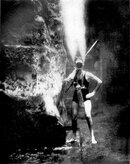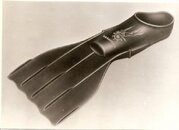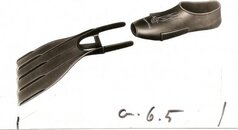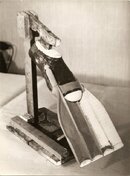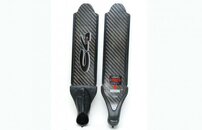Thanks Nemrod.
Paladin,
I saw your post asking about the Caravelle fins. I was surprised that Aqua Lung (US Divers) would ever use that name again, but then I remember how short is most divers memory.
This is like Ford coming out with a new car and calling it a Pinto.
If you do a bit of search over at VDH you will probably find some pictures of the original Caravelle... and it will be very clear what I was referring to.
US Divers lost the chance of getting the original Jet fin design from Beuchat because they were at the time fully committed to the Caravelle fin project. Scubapro ended with the Jet fins and a while later US divers tried to catch up with the Rocket fins. I am guessing that some people might have lost their jobs at US Divers or at least kicking themselves.
Paladin,
I saw your post asking about the Caravelle fins. I was surprised that Aqua Lung (US Divers) would ever use that name again, but then I remember how short is most divers memory.
This is like Ford coming out with a new car and calling it a Pinto.
If you do a bit of search over at VDH you will probably find some pictures of the original Caravelle... and it will be very clear what I was referring to.
US Divers lost the chance of getting the original Jet fin design from Beuchat because they were at the time fully committed to the Caravelle fin project. Scubapro ended with the Jet fins and a while later US divers tried to catch up with the Rocket fins. I am guessing that some people might have lost their jobs at US Divers or at least kicking themselves.



